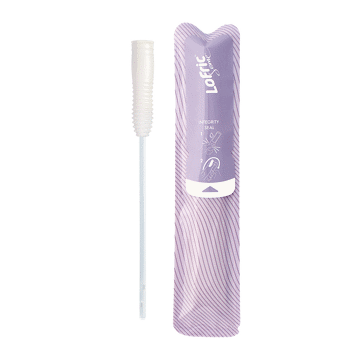Can catheter holes be too small?
When catheter holes are too small, large uric acid crystals can’t pass. If left in the bladder, these particles can lead to problems over time.
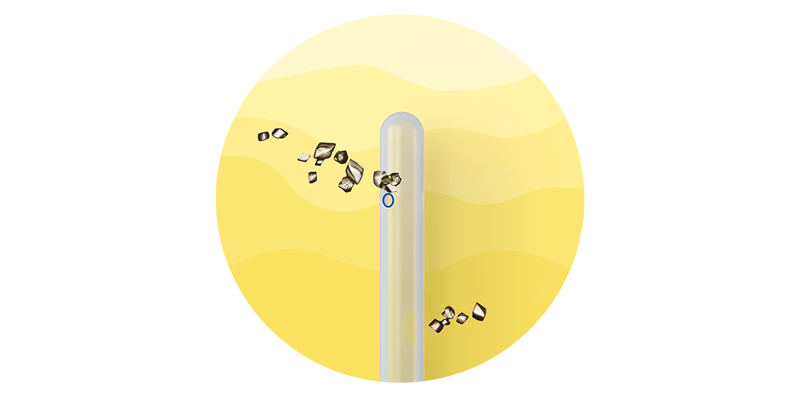

Complete bladder emptying is known to prevent urinary tract infections (UTIs). Residual urine can contain bacterial sediment, mucus and uric acid crystals. If left in the bladder, these particles can grow over time and cause UTIs or bladder stones.
When catheter holes are too small, large uric acid crystals can’t pass. If left in the bladder, these particles can lead to problems over time.

LoFric’s two eyelets are designed to ensure quick and complete bladder emptying. These eyelets let urine flow freely at a fast pace, including sediment, mucus and uric acid crystals.

There are some patient groups that experience an increased risk for problems related to incomplete bladder emptying:

There are many different types of intermittent catheters on the market. In the below table we have listed some of the most common ones and how they compare.
| Product brand and CH size | Area (size) of one eyelet* (4) |
| Wellspect LoFric® Origo™ CH12 | 4,35 mm2 |
| Wellspect LoFric® Elle™ CH12 | 4,32 mm2 |
| Coloplast Luja™ Male CH 12 | 0,13 mm2 |
| Coloplast Luja™ Female CH12 | 0,13 mm2 |
| Hollister VaPro™ CH12 | 4,35 mm2 |
| Hollister Infyna Chic™ CH12 | 4,89 mm2 |

During the 20 years I have been working as a nurse in the continence field I can assure that most people performing intermittent catheterization has some kind of particles in their urine, it’s proteins, blood, salt, mucous and other particles. It depends on many factors, like type of food and amount of fluid intake. One thing is clear, urine from intermittent catheter users is not clear as apple juice!
Wellspect’s clinical studies are made on patients with bladder problems. They have been monitored and evaluated for decades with very good results. Besides emptying the bladder completely, a well lubricated surface is also of utmost importance. LoFric’s unique and smooth UrotonicTM Surface Technology facilitates gentle catheterization by making the catheter smooth at both insertion and withdrawal, minimizing the risks of urethral trauma, bleeding, and strictures.(6,7)
LoFric is the choice you can always trust.
LoFric is a pioneer within continence care and a complete solution for short-term and long-term bladder management. We offer a wide range of solutions to meet the needs of each individual user. Want to see for yourself? You can order free samples on each product page.
key:global.content-type: Product
The angle changes everything. This is the new way for women to self-catheterize. LoFric Elle is an innovative solution, easy to learn, use and teach.
Try product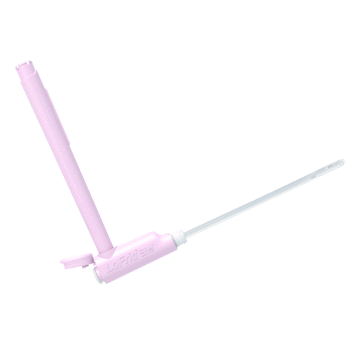
key:global.content-type: Product
User-friendly and safe in a smart package. Specially developed for men, LoFric Origo is foldable to pocket size and easy to carry and use everywhere.
Try product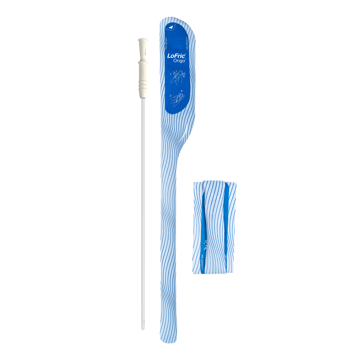
key:global.content-type: Product
The all-in-one solution. LoFric Hydro-Kit has an integrated collection bag and is easy to use for men, women and children on the move.
Try product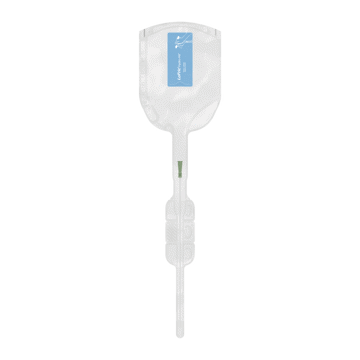
key:global.content-type: Product
Tailor-made for women’s needs. LoFric Sense is small and discreet, yet still long enough for complete bladder emptying.
Try product